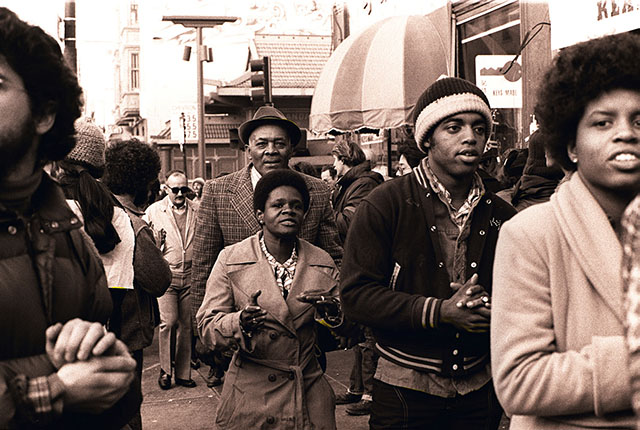Trying to unpack the meaning of Jonestown and its leader, Jim Jones, has become a genre in its own right. Peoples Temple was a church and socialist political movement that began in Indianapolis in the 1950s before migrating to California and opening congregations in Redwood Valley, San Francisco, and Los Angeles. In 1977, the church established what it called an “agricultural project” in a remote outpost in Guyana, where its leader and hundreds of his followers set about establishing a socialist utopian Promised Land. Instead, on November 18, 1978, 918 people died at the behest of Jones, who called the action “revolutionary suicide.” There are memoirs by survivors, like Deborah Layton’s Seductive Poison. There are documentaries, including Stanley Nelson’s Jonestown: The Life and Death of Peoples Temple. There are more recent historical looks at Jones and how he built the church, like Jeff Guinn’s The Road to Jonestown.
The vast majority of these popular accounts center predominately on Jones, who was white, and the perspectives of white survivors. Each anniversary of the massacre, though, brings a more sober look at how race functioned within the church, like Sikivu Hutchinson’s 2015 novel White Nights, Black Paradise. More than 90 percent of Peoples Temple members were African American. Jones even modeled the cadences and substance of his preaching on those of a black spiritual leader named Father Divine, a sort of T.D. Jakes of the early 20th century. Of the roughly 1,000 Peoples Temple members who moved to Guyana before its tragic end there, 70 percent were black and almost half were black women. A number of those were black women over the age of 61; the burgeoning community relied in part on the $36,000 per month in Social Security benefits that these women brought in.
I can see why the church and its drive to build a colorblind utopia appealed specifically to black people in this San Francisco community. The Fillmore was once called “the Harlem of the West,” a black neighborhood dominated by jazz bars, mom-and-pop shops, and Victorian duplexes in varying degrees of upkeep and decay. Like most black communities, it was a place of government-sanctioned racial segregation, one of only two neighborhoods open to black people, where black doctors didn’t live that far from the poorest of the poor. By the 1970s, black families in San Francisco were struggling with drug addiction and neglect; the neighborhood was still reeling from a two-decade-long redevelopment program that demolished hundreds of homes and displaced tens of thousands of residents. It was mostly the poor who were left to live in a smattering of public housing complexes that took up most of the neighborhood.

